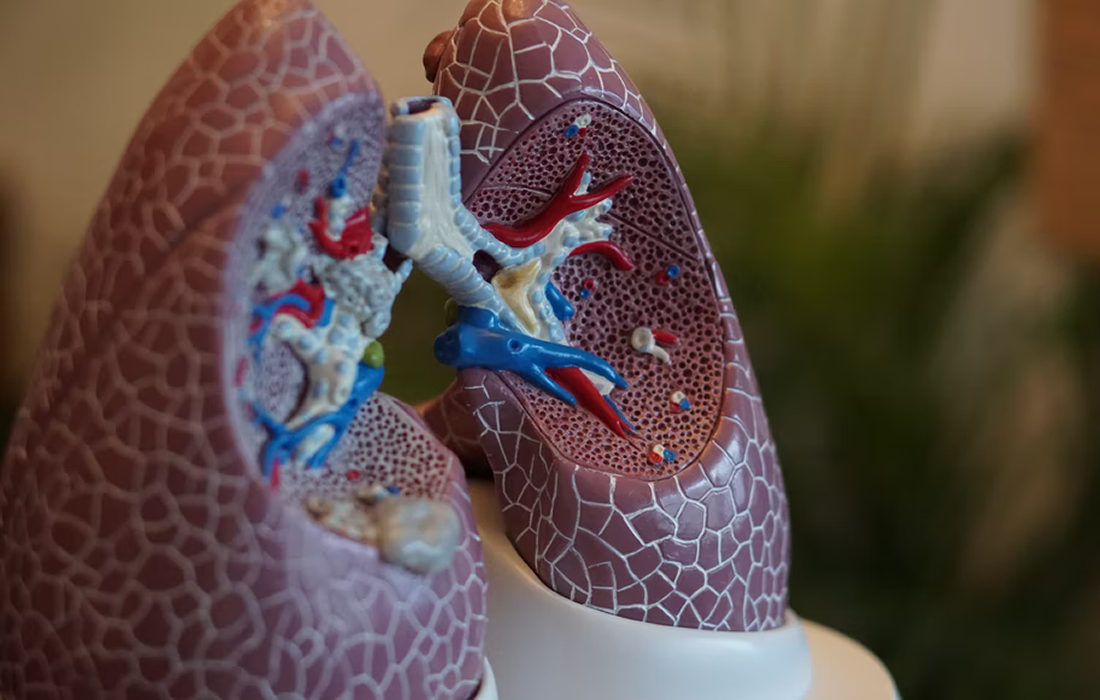Stem Cell Therapy for Specific Conditions
Stem Cell Therapy for Pulmonary Arterial Hypertension
What is Pulmonary Arterial Hypertension?
Pulmonary hypertension is a type of high blood pressure that affects the arteries in the lungs and the right side of the heart.
In one form of pulmonary hypertension, called pulmonary arterial hypertension (PAH), blood vessels in the lungs are narrowed, blocked or destroyed. The damage slows blood flow through the lungs, and blood pressure in the lung arteries rises. The heart must work harder to pump blood through the lungs. The extra effort eventually causes the heart muscle to become weak and fail.
What are Common Signs and Symptoms?
It can be asymptomatic for months or even years. Symptoms get worse as the disease progresses. Some signs and symptoms include:
- Shortness of breath, initially while doing exercise and eventually while at rest.
- Fatigue.
- Dizziness or syncope.
- Chest pain.
- Edema in ankles, legs and eventually ascites.
- Bluish color of lips and skin (cyanosis).
- Palpitations.
Pulmonary arterial hypertension (PAH) is a progressive chronic disease with a high mortality rate, and the median survival of patients with idiopathic PAH was estimated to be 2.8 years. Is characterized by progressively increasing PAH and vascular remodeling, which leads to right heart failure and death.
In recent years the treatment has progressed significantly. However, mortality remains high.
Current Treatment Options
There is no cure for pulmonary hypertension, but treatment can help improve signs and symptoms and slow the progression of the disease. Some treatment options include medications such as vasodilators, endothelin receptor antagonists, sildenafil, warfarin and digoxin. When medications don’t help control the signs and symptoms, surgery is recommended.
Cell-Based Therapies
Cell based therapies have increased interest due to their beneficial roles in ameliorating the progression of PAH. Stem cells (SCs) are multipotent progenitor cells, and mesenchymal SCs are the preferred seed cells for cell-based therapy because of their strong expansion ability in culture, their reproducible potential, and their capacity to differentiate into different cell types.
The goal of the therapy is to inhibit pulmonary vascular remodeling and excessive cell proliferation, slowing the development of the disease and the complications, such as right heart failure.
The majority of animal models have used intravenous infusion, intratracheal administration and intraperitoneal administration.
In preclinical studies of PAH animal modes, stem cells have been shown to improve pulmonary pressure, right ventricular hypertrophy, and pulmonary artery endothelium over proliferation.
The findings highlight the effects of stem cells on the pulmonary artery and right ventricular stress and have shown good and promising results, without any major adverse events, results that could be used to start human clinical trials.
Sources:
Xian-Fei Ding, et al. Efficacy of stem cell therapy for pulmonary arterial hypertension: a systematic review and meta-analysis of preclinical studies. 2019. Stem Cell Res Ther. doi: 10.1186/s13287-019-1162-8.
https://www.mayoclinic.org/diseases-conditions/pulmonary-hypertension/symptoms-causes/syc-20350697
Image from:
Photo by Robina Weermeijer on Unsplash

